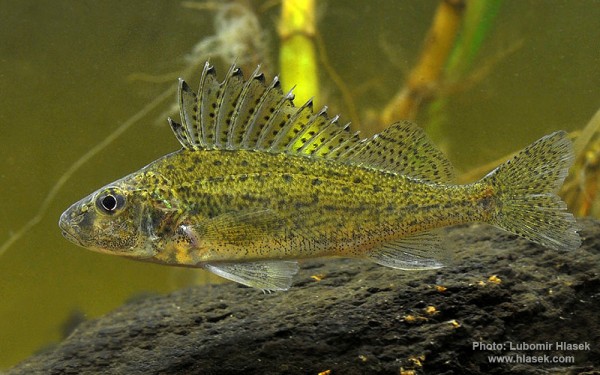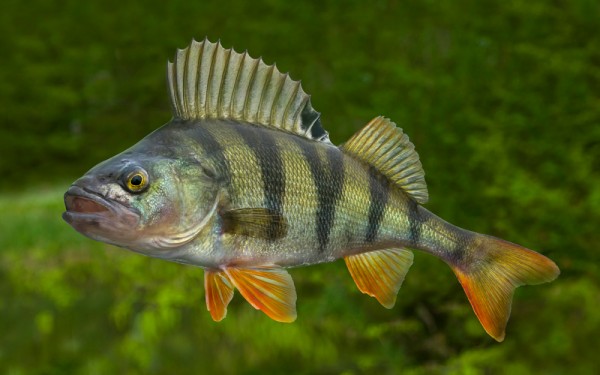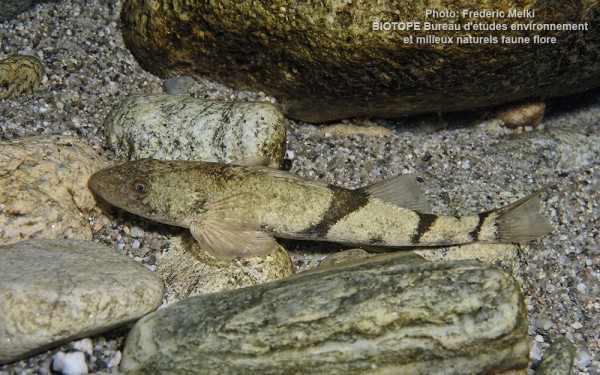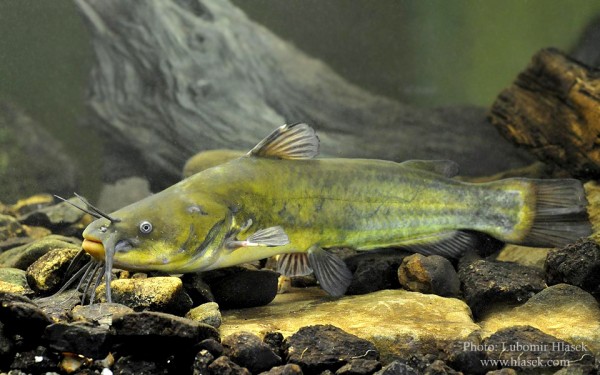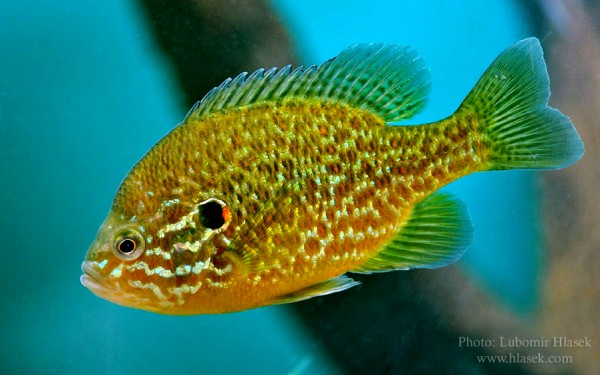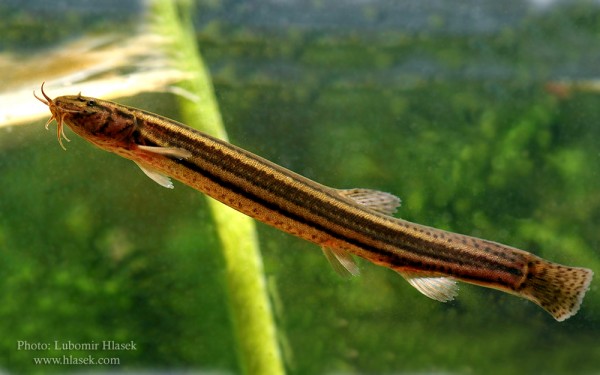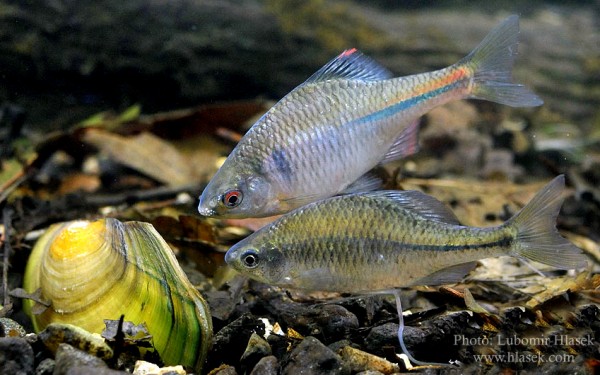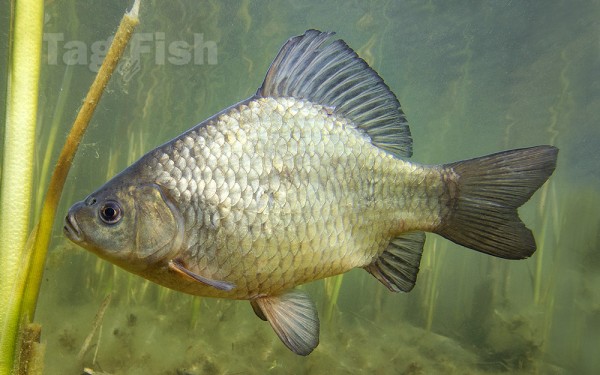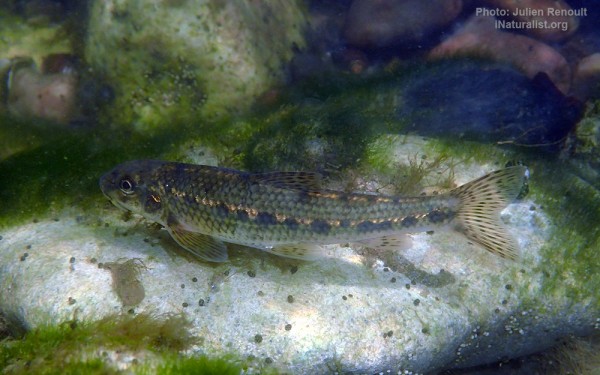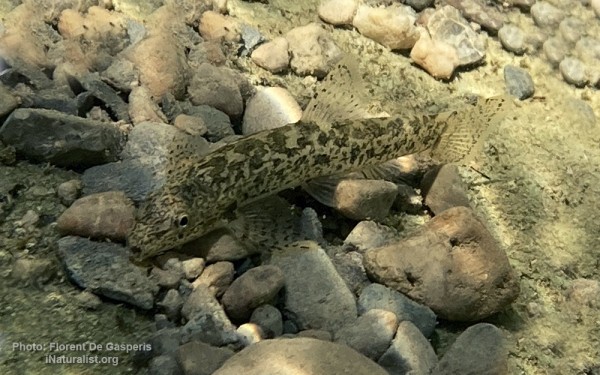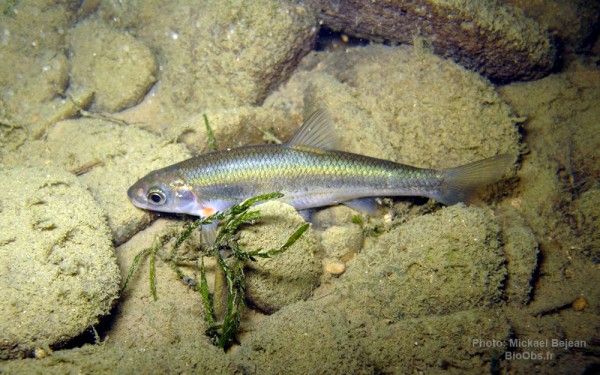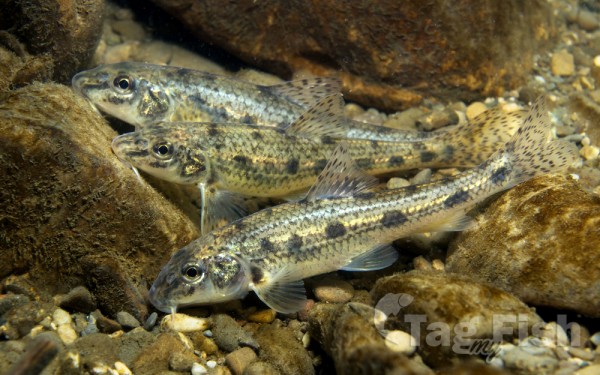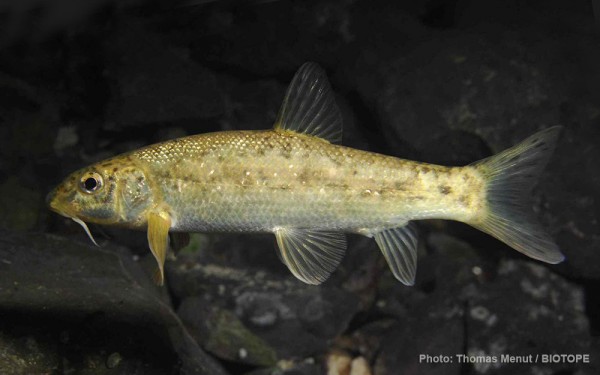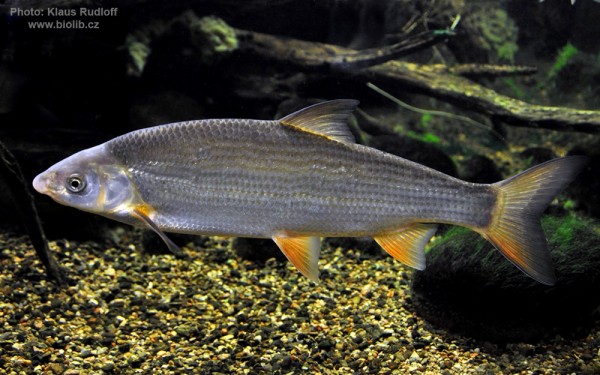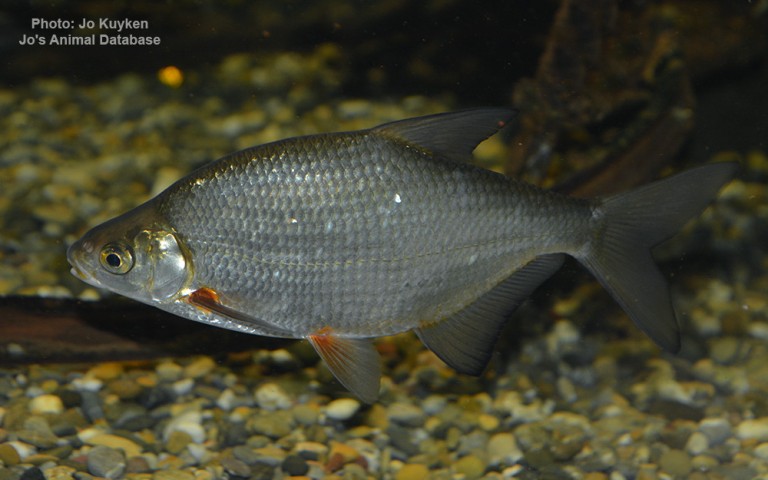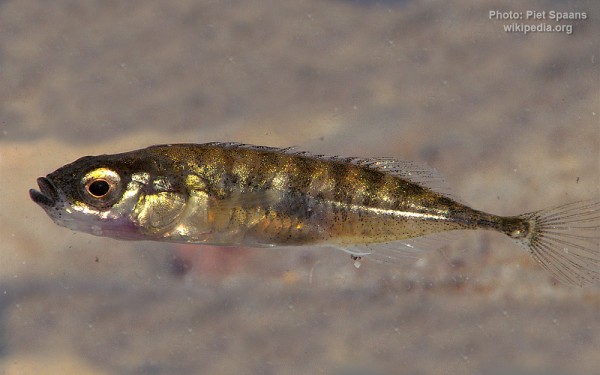Lake Bourget
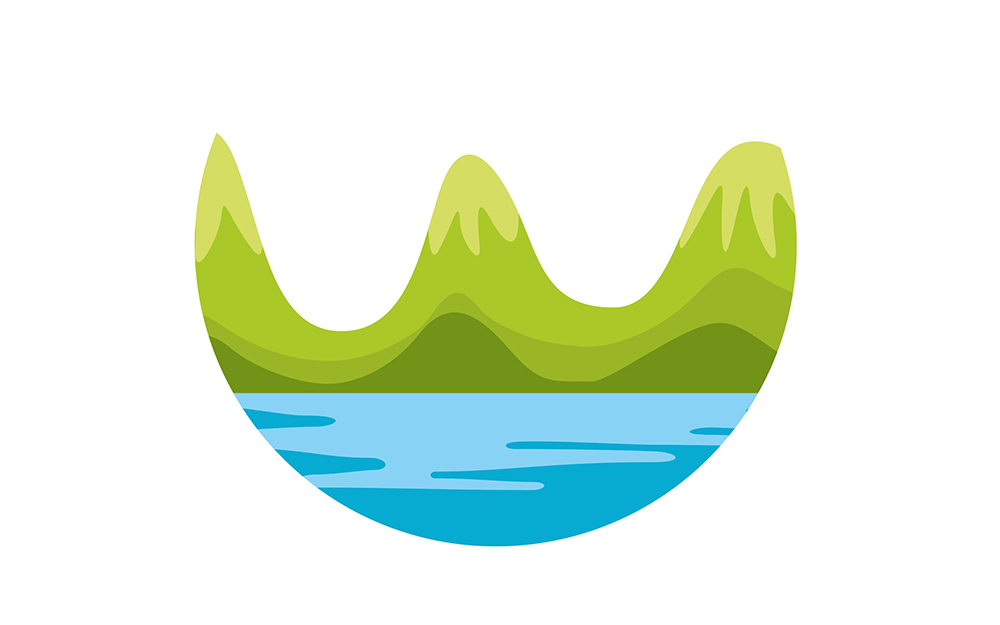
Perciformes - Perches
Siluriformes - Catfishes
Centrarchiformes - Basses and sunfishes
Cypriniformes - Carps
Blenniiformes - Blennies
Gasterosteiformes - Sticklebacks
Perciformes - Perches
Siluriformes - Catfishes
Centrarchiformes - Basses and sunfishes
Cypriniformes - Carps
Blenniiformes - Blennies
Gasterosteiformes - Sticklebacks
Lac du Bourget (French: [lak dy buʁʒɛ]; English Lake Bourget), also locally known as Lac Gris ([lak gʁi]; English: Grey Lake) is a lake at the southernmost end of the Jura Mountains in the department of Savoie, France. It is the deepest lake located entirely within France, and either the largest or second largest after Lac de Grand-Lieu depending on season.
The largest town on its shore is Aix-les-Bains. Chambéry, the capital of Savoie, lies about 10 km south of the lake. The lake is mainly fed by the river Leysse (and other small rivers), and it drains towards the river Rhône through the Canal de Savières, an artificial channel. It is a Ramsar site. The extinct bezoule was found only in this lake.
The lake was formed during the last period of global glaciation in the Alps (Würm glaciation) during the Pleistocene epoch. It has a surface area of 44.5 square kilometres. The long and narrow north-south axis of the lake extends 18 km in length, and ranges between 1.6 km and 3.5 km in width. The lakes average depth is 85 m, and its maximum depth in 145 m. The lake is meromictic. Unlike ordinary lakes, its deep water does not mix annually with water closer to the surface.
